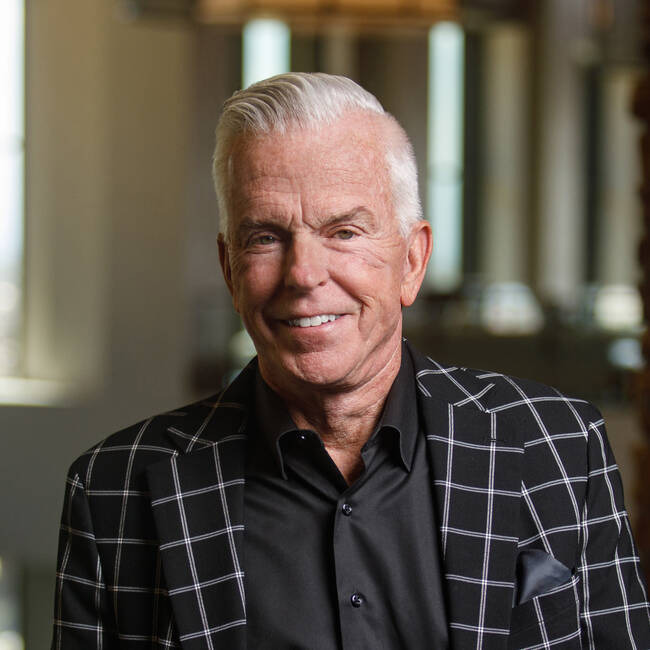We found very effective the way you have been able to conjugate our theories with the message implied in your speech that encourages responsibility and pro-activity rather than blaming hexogen factors.

John Foppe
Translating Visions Into Outcomes
Featured Topics
Fee Range
$6,000Travels From
St. Louis, Missouri, United States
John Foppe
Biography
John Foppe
Featured Keynote Programs
Cracking the Code
Why Don't Big Visions Translate Into Big Outcomes?
Have you ever noticed how the more you try to mobilize people, the more resistance you get?
The "Code of Exasperation" can't be purged, but it can be re-written into a "Code of Execution." John teaches how to encode four new, productive roles where people execute in their own way. As people understand the part they play in the big picture of making something happen, they naturally embrace the vision. Rather than trying to transmit the vision to people, now people realize the vision through their own initiative. The buck stops getting passed, red tape dissipates and sales swell.
Being an Executor, Not an Executioner
How to Get Everything Done Without Destroying Anything
Have you ever felt like a hamster on a wheel? The faster you go, the better you get, but better probably isn't enough, so you have to go even faster - an exhausting cycle.
Eventually, work falters. Enter the executioner! Managers crack down with tighter controls.
When controlled workers feel they have no choice, they stop taking initiative. Workers also become executioners - slowly killing initiatives with inaction.
John explains how to break the cycle by showing people they can choose to be Executors. Making things happen becomes a way of life. Employees will learn how to be Executors through:
- Realizing three ways of:
- paying attention
- stating intentions
- applying efforts
- Walking the "Ellipse," a specific set of practices which mobilize one to navigate problems and maintain the vision.
- Understanding how 90% of making something happen involves making oneself available. John details five benchmarks for employees to measure their own availability for making things happen.
No more painstaking efforts to get people involved. Now, people get involved! When people choose to be Executors, turnover drops, innovation abounds and targets get hit.
You Reap What You Sow
Harvesting Strong Business Execution Practices
When it comes to creating a culture of business execution, leading thinkers and visionary executives realize that employees need to make every practice an execution practice.
John defines execution practices and reveals how cultivating these practices positively impacts and organization's culture.
John highlights the four root purposes of an execution practice and presents how our daily mindset influences the way we fulfill these purposes. He emphasizes the value of a "holistic" approach including every aspect of ourselves in the cultivation of execution practices. Moreover, he outlines how to integrate this holistic approach into our daily work.
In addition, John identifies the four basic functions of an execution practice. He explains how to design our daily practices to support the successful outcome of these functions and create a culture of execution. He reveals the 12 success factors that emerge when employees make every one of their daily practices into an execution practice.
Finally, John describes the productive effect strong execution practices have on the culture of the organization, and he explains how the presence of execution practices ultimately determines whether there is feast or famine.


















